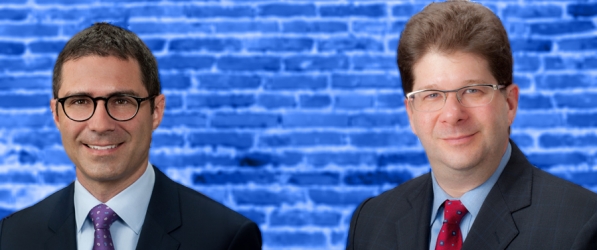An interdisciplinary team of researchers and physicians from the University of Pittsburgh School of Medicine and UPMC on April 3 performed the first in-human adipose-derived stem cell (ADSC) injection into a patient’s bladder for treatment of radiation-induced fibrosis.
Radiation treatment for prostate cancer can cause damage that leads to bladder leakage and incontinence, and there is no effective treatment. The Pitt team had the innovative idea of using ADSC injections, which involve taking stem cells from the patient’s own fat tissue. They have been successfully used in clinical trials for other conditions but do not have approval from the Food and Drug Administration (FDA), so the surgery was performed under what is known as FDA expanded access, or compassionate use.
Months prior to the surgery, teams from Pitt School of Medicine’s Departments of Urology and of Plastic Surgery worked together to create a protocol and plan for the procedure, conduct pretreatment testing and evaluation, and secure FDA and local regulatory approval. The lead physician named in the FDA expanded-use protocol is Paul Rusilko (pictured left), associate professor of urology and of plastic surgery, Pitt School of Medicine, and director of reconstructive urology at UPMC. Roger Klein, resident in the Department of Urology, also worked on the project.
“This is the kind of wonderful collaboration among investigators and clinicians from different disciplines and skills sets that leads to innovative treatments and care for patients,” says J. Peter Rubin (pictured right), UPMC Professor of Plastic and Reconstructive Surgery, chair of the School of Medicine’s Department of Plastic Surgery, and part of the patient’s care team. Rubin is an expert in ADSC biology for regenerative medicine.
Adipose (or fat) tissue yields a wealth of adult stem cells, which, when separated from the fat tissue, can be used for therapeutic purposes. Because they are the patient’s stem cells, there is no risk of rejection. ADSC are not embryonic stem cells.
“ADSC are like little chemical factories that promote tissue healing and regeneration,” says Rubin. “They secrete growth factors in the area that induce new blood vessel growth, new vascularity, and help to remodel scar tissue into more elastic tissue with very few risks.”
Rubin notes that fat-grafting techniques—surgically injecting patients’ own fat products from one part of their body to another—as used in this surgery are common, well-recognized procedures used to soften tissues that have been scarred from radiation injury.
On the day of the surgery, Rubin performed the fat harvest, a team of technicians and scientists processed the cells and validated their use, and Rusilko injected the ADSC into the patient’s bladder. The team completed the outpatient procedure in one room.
Radiation treatment is a commonly used treatment for cancer, especially for prostate cancer. It can also cause side effects years after the treatment. Radiation-induced fibrosis in the bladder can cause overactivity, incontinence, leakage and lower urinary tract symptoms. Rusilko says treatment for radiation-induced fibrosis in the bladder is limited to oral medication or Botox injections, and they do not help with structural damage to the bladder.
“Millions of people a year get prostate cancer, and a large percentage of them end up getting radiation treatment,” says Rusilko. “Our usual treatment options are like throwing a Band-Aid on a hemorrhage. Dr. Rubin and I, and the rest of the team, discussed this particular patient and really wanted to use a new, promising way to help these patients and improve their quality of life.”
Rusilko and his clinical team will closely follow the patient’s progression and outcome.

